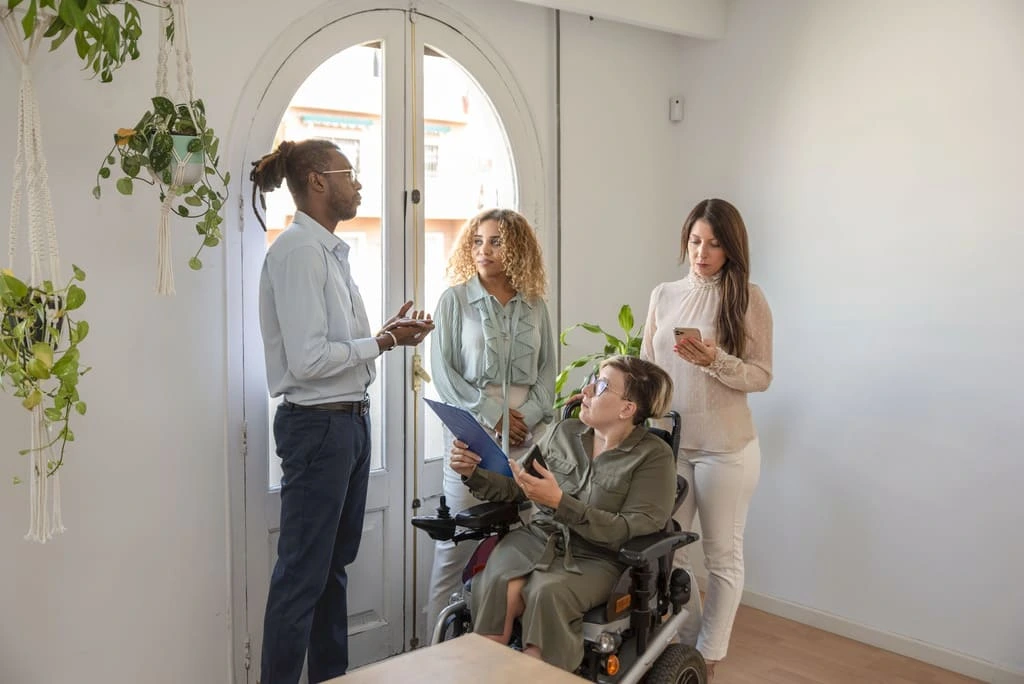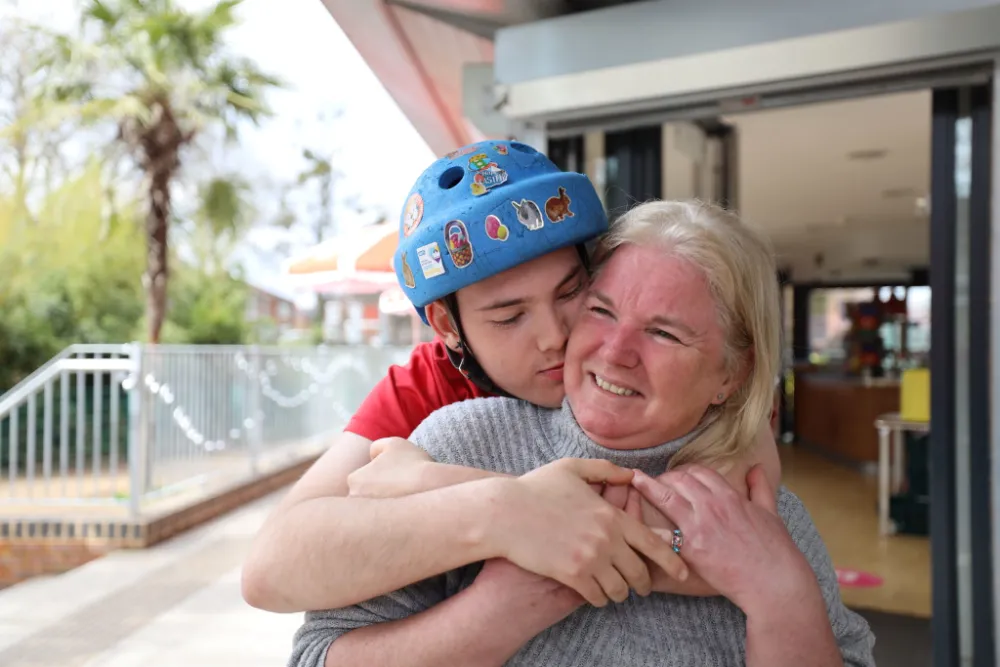What are Capable Environments?
The Capable Environments Model is a framework that focuses on creating supportive environments to enhance people’s quality of life. This model focuses on delivering tailored support to improve people’s well-being and mental health, especially people living with learning disabilities, physical disabilities, or who require complex care. Central to this approach is the principle of person-centred, active support, ensuring that organisational frameworks and teams are structured to prioritise the health and welfare of everyone involved.
The model aims to create the right environment for each person, improving their overall quality of life while reducing behaviours of concern and the use of restrictive practices. It promotes matching team members with people who share similar interests, fostering meaningful relationships and a reliable support system.
Background and Importance
Establishing environments that promote personal well-being is rooted in ancient philosophical thought, similar to the early conceptions of species change in evolutionary thought. Anaximander of Miletus and other philosophers suggested that the surroundings in which living beings exist could shape their growth and evolution. This idea laid the foundation for subsequent theories on environments that nurture and support development.
During the 19th century, the rise of evolutionary theories, particularly those by Jean-Baptiste Lamarck and Charles Darwin, brought increasing awareness of how environments shape human development and behaviour. Lamarck’s theory of species transmutation underscored the impact of environmental factors in driving change. Similarly, the Capable Environments Model highlights the significance of supportive environments in promoting personal well-being.
In practice, Capable Environments have been instrumental in reshaping care practices. For instance, in disability care, creating spaces that are accessible and adaptable enables people to perform daily activities independently, boosting their confidence and quality of life. The model is closely aligned with Positive Behaviour Support (PBS) principles, which aim to enhance quality of life while reducing challenging behaviour. PBS is crucial in supporting the social care workforce and reducing health disparities by ensuring people receive humanised care that meets their needs. It also promotes safety and independence through integrated and collaborative support.
⇒ Learn more about how we create a safe and supportive environment for the people we support.

Key Elements of Capable Environments
Optimising the physical, social, cultural, psychological, and emotional dimensions of a person’s environment can significantly enhance their ability and opportunity to lead a fulfilling and autonomous life. The model is a confluence of interdisciplinary insights, drawing from fields such as environmental psychology, social ecology, and inclusive design, and it has been instrumental in shaping contemporary care practices.
At the heart of the Capable Environments Model lie three key elements: physical and spatial, social and cultural, and psychological and emotional factors. Together, these elements form a holistic framework that aims to create capable environments—physically accommodating spaces, socially enriching, and psychologically supportive.
Physical and Spatial Factors
Physical and spatial factors are tangible aspects of the environment that can influence a person’s capacity to perform and feel comfortable in their surroundings. This includes building design and layout, accessible features, and access to personal space. A capable environment must be physically accessible and encourage independence, allowing people to go through their surroundings with ease and confidence.
Colour and signs, for example, can help people with cognitive challenges better understand and explore their surroundings. Furthermore, the availability of sensory rooms or quiet areas can be necessary for people who are easily overwhelmed by sensory input, resulting in a supportive environment that meets various needs and preferences. A physical environment should also be adaptive to meet the changing needs of people as they develop over time.
Social and Cultural Factors
Social and cultural factors include people’s relationships, social networks, and the larger cultural context in which they live. This extends to the community’s attitudes, beliefs, and values, as well as how they may encourage people’s sense of belonging and involvement.
In the Capable Environments Model, there is a focus on encouraging positive social interactions and developing strong, supportive networks and activities that promote inclusion and community involvement. A clear understanding of culturally competent care is also necessary, ensuring that services respect and respond to people’s cultures. This can include appreciating varied cultural customs and ensuring that communication methods and care approaches are tailored to each person’s cultural needs.
Psychological and Emotional Factors
Attending group fitness classes keeps you motivated to exercise. Seeing others energizes you to go on. Also, it helps you make new friends and enhances your social skills. Remember that health also involves a state of social wellbeing.
Psychological and emotional factors influence people’s mental health and emotional well-being. A capable environment creates stability, predictability, and a sense of safety, all necessary for psychological well-being. It further encourages personal development, autonomy, and self-determination. Care providers in such settings are taught to recognise and respond to people’s emotional states and psychological needs, providing empathy and strength.
The setting should promote positive reinforcement and encourage participation in meaningful activities that build a sense of purpose and accomplishment. Furthermore, capable environments take proactive steps to manage potential stresses and develop mitigation methods, such as offering access to counselling services or therapeutic support.
At Leaf Complex Care, Capable Environments play a strong role in our support model, including the PERMA model of well-being and Positive Behaviour Support, ensuring a holistic approach to care. Our multidisciplinary in-house therapy team is at the heart of our approach, comprising PBS Practitioners, Occupational Therapists, and Speech and Language Therapists.

Their work is vital in implementing these models, as they aim to foster environments that are both physically accessible and socially enriching while also offering psychological support. Through their efforts, they support autistic people and people living with a learning disability in developing skills to reduce behavioural challenges and improve quality of life.
We are here to support you with proactive and personalised care, with offices located in Bristol, South East, Birmingham and Somerset. We are committed to providing humanised support across the UK. Our Rapid Response Service offers a 2 to 4-hours turnaround guarantee, 24/7.
For more information or to learn how we can work together, please get in touch with us today.

